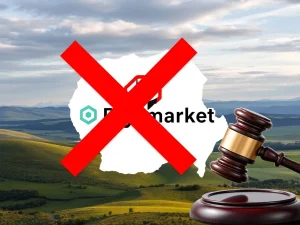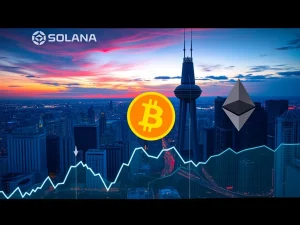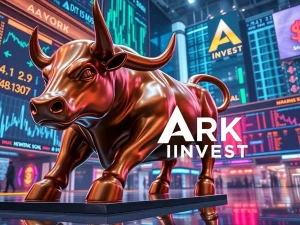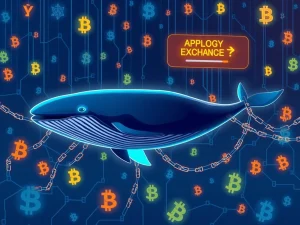Unveiling Ripple’s Strategy: Is the Hidden Road Deal a SoftBank-Like Bet?
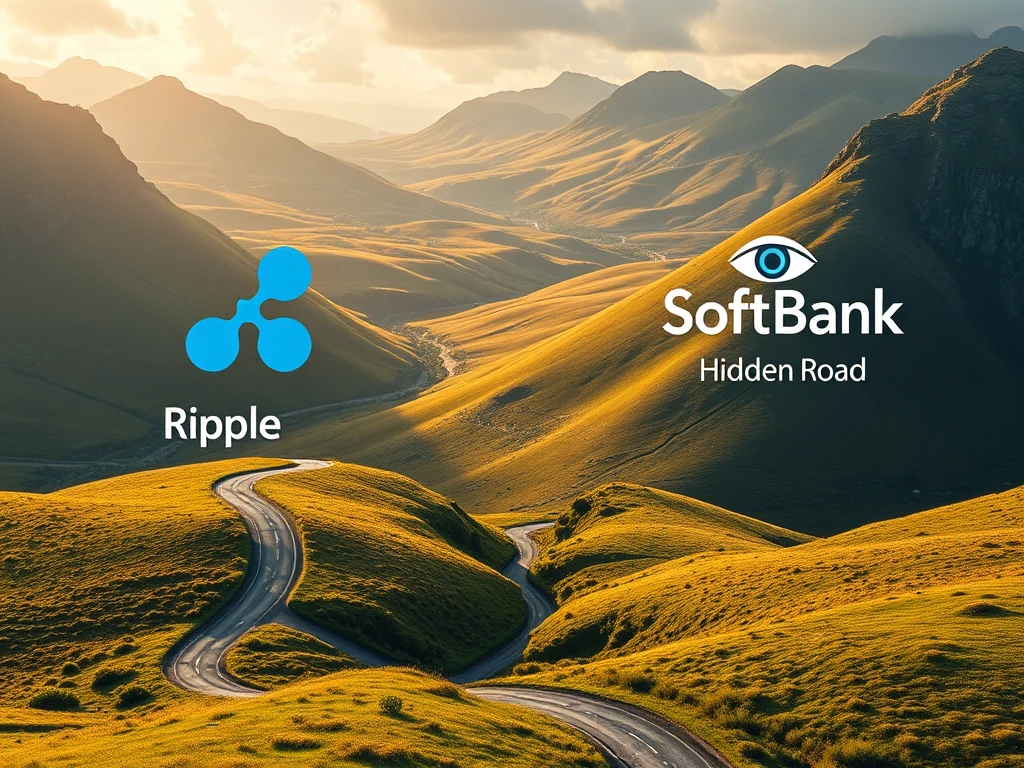
For anyone following the crypto space, especially developments around Ripple and its ecosystem, recent moves often spark significant discussion. One such move is the strategic investment and partnership with Hidden Road. This deal raises a compelling question: Is Ripple adopting a playbook similar to SoftBank’s well-known investment strategy? Let’s explore the Ripple Hidden Road deal and its potential implications.
What is the Ripple Hidden Road Deal?
Before drawing comparisons, it’s essential to understand what the Ripple Hidden Road deal entails. Hidden Road is a prime brokerage for digital assets, offering services like clearing and financing to institutional clients. Ripple’s involvement, reportedly an investment and a strategic partnership, aims to facilitate institutional access to liquidity, particularly for payments and potentially for Ripple’s On-Demand Liquidity (ODL) service which utilizes XRP.
Key aspects of the deal include:
- Providing institutional clients access to digital asset markets.
- Potentially enhancing liquidity for cross-border payments.
- Expanding Ripple’s reach within the institutional finance sector.
- Signaling Ripple’s commitment to institutional adoption.
Understanding SoftBank Investment Strategy
SoftBank, through its Vision Funds, became famous for making large, often bold, investments in technology companies globally. Their strategy typically involves:
- Taking significant stakes in companies.
- Focusing on disruptive technologies and market leaders.
- Building an ecosystem among portfolio companies.
- Aiming for rapid growth and market dominance.
While successful in many instances, this SoftBank investment strategy has also faced scrutiny due to the scale of bets and performance of some investments.
Comparing Ripple Investment Strategy to SoftBank
Is there a parallel between Ripple’s approach, specifically with Hidden Road, and the SoftBank investment strategy? There are similarities and differences worth noting.
Similarities:
Both involve strategic investments aimed at expanding influence and facilitating ecosystem growth. SoftBank invested heavily to connect portfolio companies; Ripple invests in entities like Hidden Road to connect institutional finance with digital assets and its network. Both strategies target disruptive sectors and aim to capture significant market share by supporting key infrastructure (SoftBank in tech platforms, Ripple in crypto liquidity/payments).
Differences:
The scale of investments differs significantly. SoftBank’s Vision Funds manage tens or hundreds of billions. Ripple’s investments, while substantial for a crypto company, are not on that scale. The industries are different – traditional tech vs. crypto/blockchain, which carries unique regulatory and market risks. SoftBank often seeks direct equity stakes for significant control; Ripple’s partnership might be more focused on integration and liquidity provision.
Here’s a simple comparison:
| Aspect | Ripple’s Approach (e.g., Hidden Road) | SoftBank’s Approach (e.g., Vision Fund) |
|---|---|---|
| Investment Target | Infrastructure facilitating institutional crypto access/liquidity | Disruptive tech companies, market leaders |
| Goal | Facilitate institutional adoption, expand network utility (especially ODL/XRP) | Ecosystem building, rapid growth, market dominance |
| Scale | Strategic, targeted investments (relatively smaller) | Large-scale, often multi-billion dollar bets |
| Focus | Bridging traditional finance and crypto | Diverse tech sectors (AI, e-commerce, etc.) |
Implications for Institutional Crypto Adoption
The Ripple Hidden Road deal is a clear step towards fostering institutional crypto adoption. Prime brokerages like Hidden Road are crucial bridges, providing the infrastructure, compliance, and services that large financial institutions require to enter the digital asset space comfortably. By partnering with such entities, Ripple helps lower the barrier to entry for banks, asset managers, and corporations looking to utilize digital assets for various purposes, including payments.
What Does This Mean for XRP Future?
For those interested in the XRP future, this deal is potentially significant. XRP is central to Ripple’s On-Demand Liquidity (ODL) service, which uses XRP for real-time, low-cost cross-border payments. Increased institutional crypto adoption, facilitated by partnerships like the one with Hidden Road, could drive greater volume and utility for ODL and, consequently, for XRP. If more institutions use services enabled by Hidden Road that connect to Ripple’s network or ODL, demand for XRP as a bridge currency could theoretically increase.
Challenges and Risks
While the comparison to a successful, albeit sometimes controversial, SoftBank investment strategy might seem positive, Ripple’s path faces unique challenges. Regulatory clarity remains a hurdle in many jurisdictions. The pace of institutional adoption, while growing, is not guaranteed to accelerate rapidly. Market volatility in crypto assets also poses risks for both institutions and infrastructure providers like Hidden Road.
Conclusion
Comparing Ripple’s strategic moves, such as the Ripple Hidden Road deal, to the SoftBank investment strategy reveals a shared ambition for ecosystem building and market influence through strategic investments. While the scale and specific focus differ, both approaches aim to accelerate the adoption of new technologies by supporting key infrastructure and players. For the XRP future and broader institutional crypto adoption, the success of these strategic partnerships will be a critical factor to watch. It’s a bold strategy, and time will tell if it yields the desired results.



